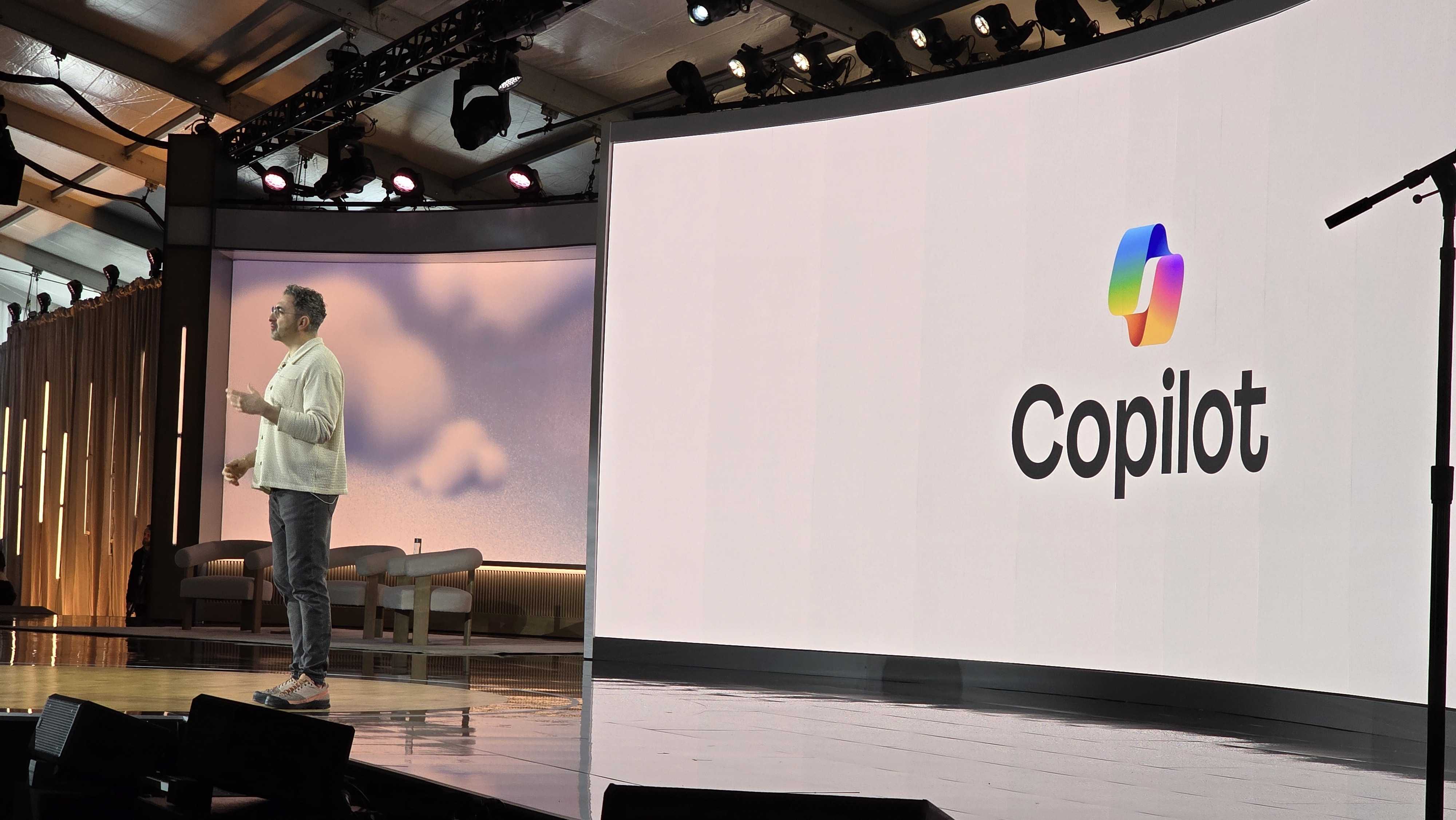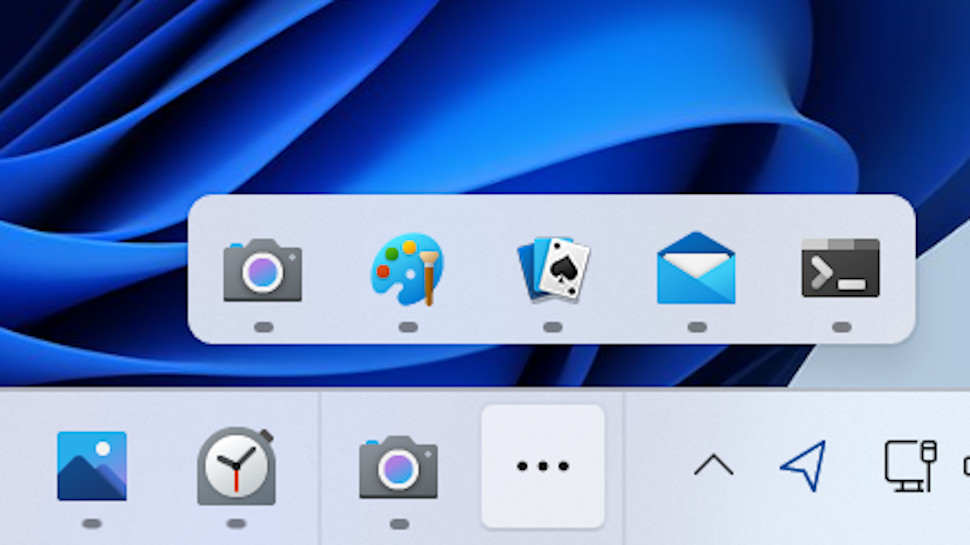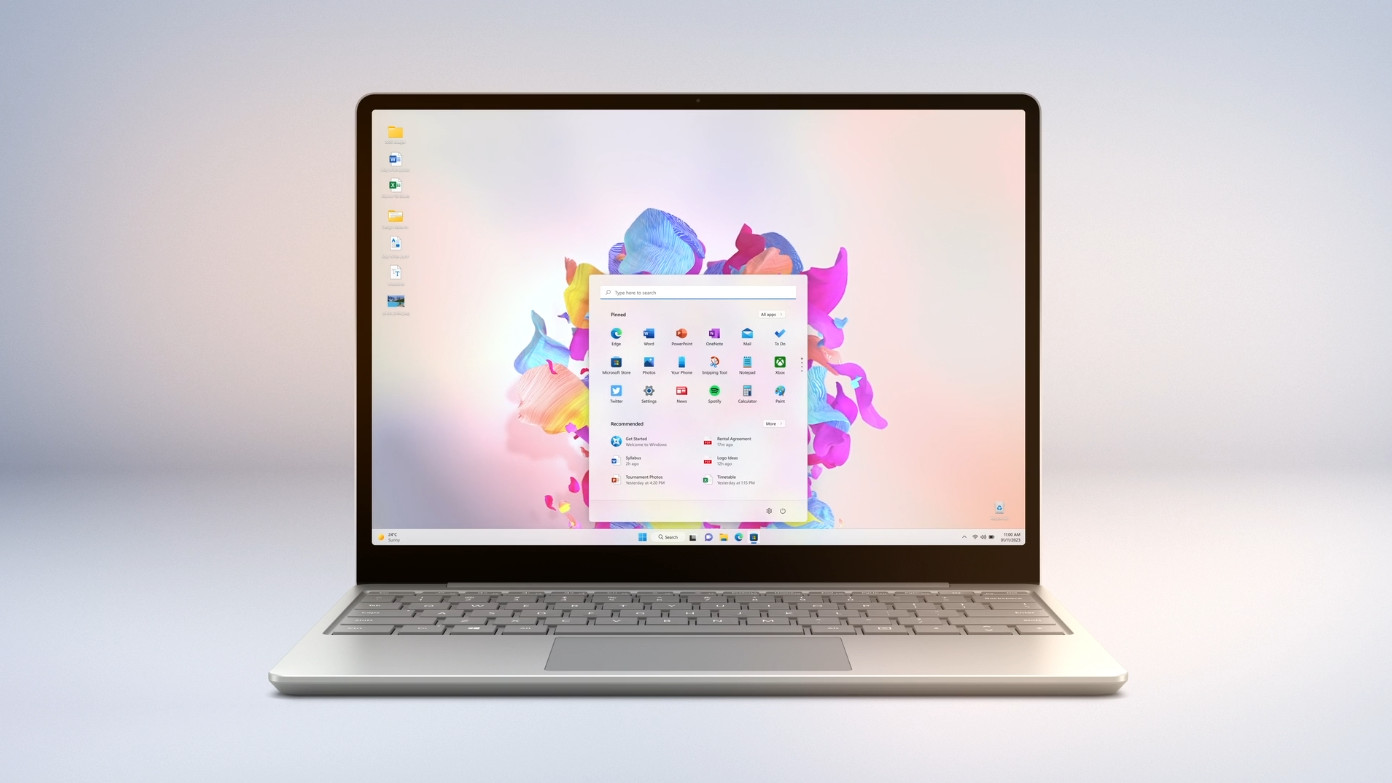Click here to visit Original posting
Microsoft has a Windows 10 problem. The problem is that despite the launch of the newer, shinier Windows 11, a large section of PC users are stubbornly refusing to upgrade, and instead sticking with the almost 10-year old operating system.
While that might not seem like a huge problem for Microsoft – after all, people are still using a version of its Windows OS, even if it’s not the latest – the company has also announced that Windows 10 is fast approaching its ‘End of Life’ date of October 14,2025.
After that date, Microsoft will no longer provide updates, including security patches for Windows 10 – leading to anyone still using the OS being potentially at risk as new security threats emerge. So, Microsoft’s problem is that it has a hard deadline (which it imposed itself, to be fair) to get people to move from Windows 10 to Windows 11. Unfortunately, it’s currently doing a terrible job of it.
According to GlobalStats’ most recent numbers (from last month), 54.23% of Windows PCs are running Windows 10, while 42.66% are on Windows 11. While the gap is narrowing, the fact that Windows 10 remains the most-used version will no doubt be disappointing to Microsoft. The race is now on to get Windows 10 users to move to Windows 11 – but what can Microsoft do?
The old ways aren’t working

Microsoft has so far taken a carrot and stick approach to tempting people to move to Windows 11, though it has tended to be more stick-heavy than I’d have liked.
Carrot-wise, Microsoft initially offered the Windows 11 upgrade for free for people moving from Windows 7 and Windows 10. While this was only a limited-time offer, various methods remained that allowed people to continue to upgrade for free, and up until recently it seemed Microsoft was happy to turn a blind eye – I assume as it at least meant people were moving to Windows 11.
To be fair, it was a good move – offering it for free took the sting out of having to upgrade to a new operating system after being told repeatedly by Microsoft that Windows 10 would be ‘the last version of Windows’. It’s also similar to Apple’s approach with its rival macOS operating system, which releases new versions every year, but which are always free.
The free offer was enough to make me upgrade my Windows 10 PCs to Windows 11, and while I’m sure it also tempted people who would have otherwise stayed on the older version if they had to pay, clearly it wasn’t enough to get everyone to shift.
For a start, due to some odd system requirements for Windows 11, there were people with perfectly good Windows 10 machines that could not upgrade due to their device not coming with a TPM (Trusted Platform Model). In those cases, they could either buy a new Windows 11-compatible device or stick with their current device and stay on Windows 10. That was obviously an easy choice for a lot of people.
Also, while Windows 10 is far from perfect, it is also a very solid operating system, so I completely understand people who are perfectly happy to keep using Windows 10 as they know it works well, and they are familiar with using it. Windows 11 is very similar to Windows 10, but there are a few things that could be frustrating for people coming from Windows 10 (especially how the Taskbar works).
And moving to a new operating system always brings some degree of risk. If your PC is running great with Windows 10, would you really want to jeopardize that by upgrading to Windows 11 and introducing problems due to incompatibilities and other bugs?
So, with some Windows 10 holdouts not being tempted by the carrot, Microsoft switched to the stick. This mainly involved showing ads and pop-ups encouraging people to upgrade to Windows 11 – and some of these can be annoying and intrusive if you’re using your PC for important tasks.
Instead of gently bullying people to make the switch, it’s ended up annoying a much larger group of Windows 10 users – and in some cases I can imagine it’s made people even more reluctant to move to Windows 11.
So, with the clock ticking, what can Microsoft do to convince people to move to Windows 11? While I fear the company will keep using its ‘stick’ approach until everyone is so fed up they install Windows 11 just to shut Microsoft up, I have a few better suggestions.
1. Forget AI, give people real reasons to upgrade to Windows 11

If you were to ask anyone at Microsoft why you should use Windows 11, they’ll probably say because of the artificial intelligence and Copilot features (perhaps because they’re worried CEO Satya Nadella is eavesdropping on the conversation).
AI, and Microsoft’s integration of it via the Copilot app in Windows 11, is the big obsession for the company, and while recent Copilot-centric events have done a better job of selling Microsoft’s vision of AI, the truth is that the company’s excitement about Copilot just isn’t being matched by consumers.
This is mainly because Microsoft has failed to show how Copilot can make people’s lives easier. Instead it’s focused on frivolous things such as image generation and email summaries, which might be fun for a few minutes, but the novelty quickly wears off.
However, if Microsoft showed some of the things Copilot can do that rival AI chatbots can’t, and explain how these can help you with tasks you perform every day, then people will be much more interested.
Some of these features are exclusive to Copilot+ PCs – which are devices that come with an NPU (Neural Processing Unit) for performing AI tasks on the device (rather than via the internet), so if Microsoft wants people to ditch their old Windows 10 device and buy a new Copilot+ PC, then it’s going to have to do a much better job at showcasing the benefits that AI and Copilot brings to Windows 11.
2. Fix the taskbar

One of the biggest changes with Windows 11 was the taskbar which runs along the bottom of your screen. As well as making a visual change that moves icons to the center of the screen, rather than at the left-hand side of the taskbar, which has been the norm since Windows 95, Microsoft made some background tweaks to how the taskbar works. The problem is, it made Windows 11’s taskbar worse to use than Windows 10’s.
This is particularly evident when you want to drag and drop files from your PC onto an app icon on your taskbar. In previous versions of Windows, this would open the file in that app (as long as it was compatible). With Windows 11, you can’t do that. Nor can you move the taskbar to the side of the screen (or the top) – something that a lot of people like to do.
Trying to get people to move to your new product becomes much harder when there are key areas where the new product is worse to use than its predecessor. After all, why would you go to the trouble and expense to upgrade if you lose features?
Microsoft has said it is working on bringing those features back to Windows 11’s taskbar, but it’s been several years now, and the issues remain. Making this a priority for the expected influx of Windows 10 users when the End of Life period starts would be an excellent idea.
3. Stop releasing bad updates

It’s fair to say that Windows 11 is going through a phase at the moment where it seems that every update that Microsoft releases for the operating system breaks as many things as it fixes.
This happens to operating systems – Windows 10 also suffered from a spate of bad updates a few years ago, and macOS has had its fair share of broken updates – but the timing of Windows 11’s update woes is very unfortunate.
It’s led to months of bad headlines for Microsoft, and that’s going to shake the confidence of anyone thinking of upgrading.
And, because Windows 10 is now 10 years old, it’s a far more stable operating system than Windows 11, which again could put people off moving from Windows 10 to 11.
So, how can Microsoft fix this? It won’t be easy, but making sure every update is thoroughly tested by its employees, as well as its legions of Windows Insiders, who are users who signed up to help test early versions of software.
This would mean lengthening the time each update takes to come out, but that’s not a bad thing (outside of critical security fixes). It’s better to have fewer, more stable, updates, than rush out an update that breaks people’s PCs and frustrates people. Having fewer prompts to restart my PC and install an update would also be very welcome.
4. Cut the ads…

One of the most obnoxious things about Windows 11, and likely a big reason why people are hesitant to upgrade, is because Microsoft is increasingly adding adverts to the operating system, with banners and icons appearing in places like the Start menu and within certain windows.
It’s pretty annoying, and feels a touch desperate when it’s yet another advert begging you to sign up to OneDrive or PC Games Pass. The company has also been blasted for including adverts for its games like Avowed, and it all makes Windows 11 feel a little cheap. It also makes your own PC feel less like you actually own it.
Dropping these ads would be incredibly welcome, and would boost Windows 11’s reputation. This is probably very unlikely that Microsoft would entertain this idea, as it really wants to get people to pay for more of its products and services, and ads in Windows 11 seem to be the way the company wants to do this, but that doesn’t stop it from annoying its users.
So, if cutting the ads in Windows 11 is a non-starter, how about making the adverts less annoying and frustrating? I have an idea…
5. …or make Windows 11 free forever

I don’t mind adverts in free things, be it free-to-view TV shows or websites, but putting them in a product I’ve paid for is a major bugbear for me.
So, if Microsoft continues to have adverts in Windows 11, it could at least make Windows 11 free – permanently. This would justify the use of adverts (the company needs to make money, after all), and means those ads were a small price to pay for a free operating system.
It would also mean people stopped looking at loopholes and workarounds to get Windows 11 for free. And making upgrading from Windows 10 to Windows 11 as easy, and cheap, as possible could be another big win for getting people to drop the old operating system. It'd also mean Microsoft could keep its beloved ads (it could even offer an ad-free version of Windows 11 for a small fee) as well.
Regardless, Microsoft needs to do something fast if it wants people to move from Windows 10 to Windows 11 ahead of October, and what it’s doing at the moment just isn’t cutting it.
What Microsoft doesn’t want to happen when Windows 10’s End of Life hits is a load of people who will continue to risk using Windows 10 or – worse – switch to an alternative such as Linux. This is an important time for Windows 11, and Microsoft needs to get it right. But will it?
You might also like...
- Windows 11 24H2 update is rumored to be ready to go – but nobody will get any of its major new features anytime soon
- Windows 11’s next big update is here – these are the top 5 features introduced with Moment 5
- Windows 11 users are getting fed up with the performance of the OS – including an ex-Microsoft senior engineer